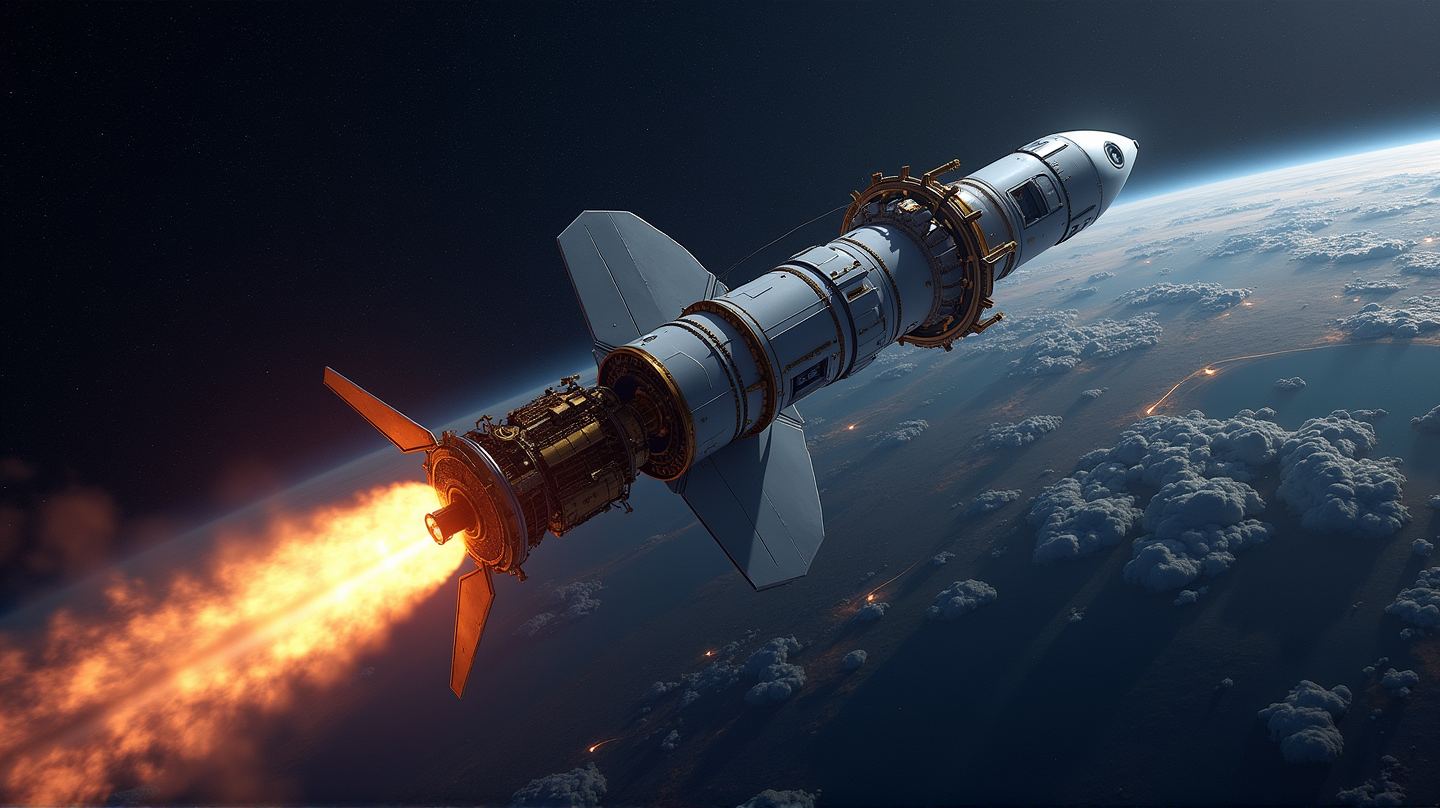ISRO's PSLV Fleet Paused After EOS-09 Mishap: NISAR Mission Scaling Heights
Following EOS-09 failure, ISRO grounds PSLV fleet temporarily, ensuring NISAR mission with NASA stays on course for 2025.

The recent setback involving ISRO’s PSLV-C61, which led to the loss of the EOS-09 satellite, has prompted the Indian Space Research Organisation to temporarily ground its PSLV fleet. The failure, attributed to a sudden drop in chamber pressure during the rocket’s third stage, remains under investigation.
Investigative Measures in Action
To understand the anomaly that caused the failure, ISRO has formed a high-level committee. Reports indicate a possible rupture in the fiber casing of the third-stage motor might be the culprit. Experts are confident that thorough analysis and corrective measures will allow resumption of the PSLV missions shortly.
The NISAR Mission: Still On Track
Despite the recent hiccup, ISRO’s plans for the NISAR (NASA-ISRO Synthetic Aperture Radar) mission remain unaffected. As per Pragativadi, this landmark $1.5 billion collaboration with NASA, earmarked for a June 2025 launch via a GSLV rocket, will deploy cutting-edge radar technology to scrutinize Earth’s environmental shifts and natural disasters.
Precautionary Measures Without Delay
The grounding of the PSLV fleet is a proactive decision by ISRO, ensuring no further setbacks endanger ongoing plans. However, the pause does not extend to other critical missions. This includes projects of significant strategic value such as India’s human spaceflight program, Gaganyaan. An exhaustive report on the PSLV-C61 failure should be available by mid-June, which should shed light on preventative steps being initiated.
The Road Ahead for ISRO
As ISRO takes time to address current challenges, the agency remains committed to its boundary-pushing ambitions. The temporary grounding of the PSLV fleet underscores ISRO’s dedication to meticulous safety standards and its unwavering forward-looking vision as it orchestrates India’s path through the stars.

